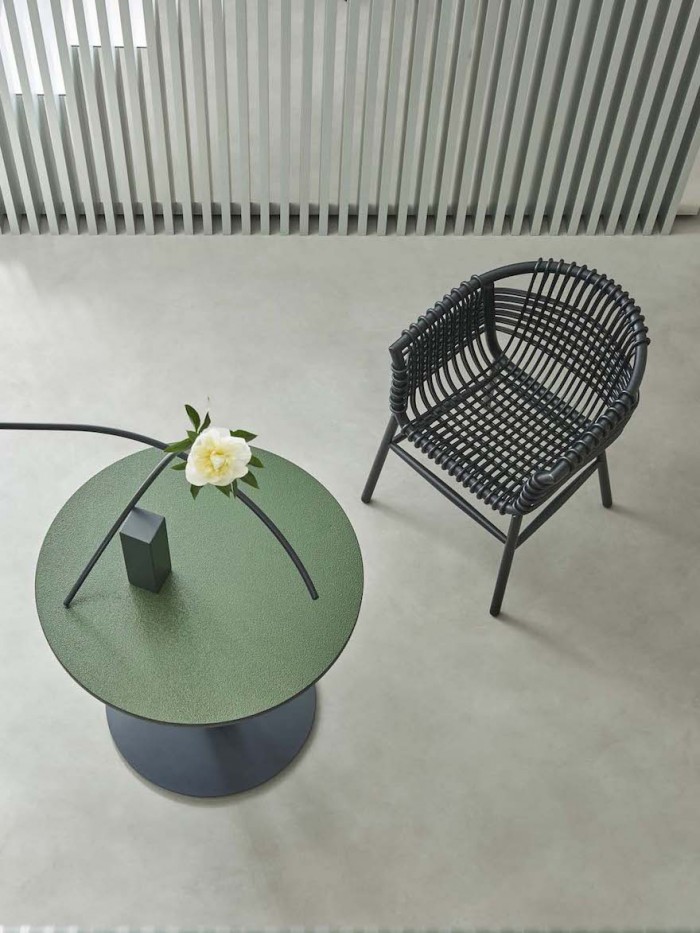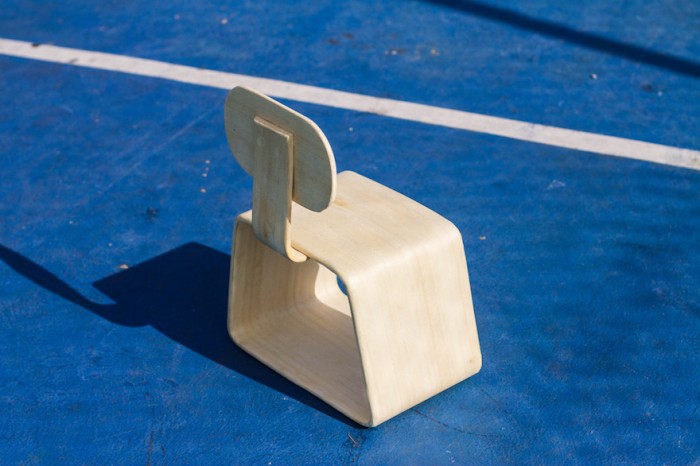Designer Matteo Guarnaccia, who is based in Barcelona, travelled the world working with Doctors without Borders as part of his thesis project, which seeks to make the transportation of patients easier and safer. But he says it was while working in the Democratic Republic Congo that he began to understand the importance of culture within the design of seating.
Following his experience, he founded NGO Cross Cultural Chairs to further examine the relationship between different cultural habits that exist between how people relate to chairs and the act of sitting, especially in today's fast paced society.
He said via email: "Bruno Munari said that creativity comes from the ability to associate previous experiences in between each other, so the more stories we see and experience the more variables and expressions we can propose. This is just his theory, but my intention is to propose a design based on experiences and not on trends, avoiding an upcoming globalisation in the design field."
For this project, which was partly funded through Kickstarter, Guarnaccia will travel to eight of the most populated countries in the world. Here he will spend a month collaborating with a designer or artisan in each country to produce a chair while at the same time learning about that society's culture.
He says: "Culture encompasses religion, food, what we wear, how we wear it, our language, marriage, music, what we believe is right or wrong, how we sit at the table, how we greet visitors, how we behave with loved ones..."
Cross Cultural Chairs will therefore analyse will how each culture is represented through their chairs and sittings.
"Chairs are probably one of the few objects that can trace a line in the social evolution. Analysing a chair you can understand the stature of a culture, what kind of materials they used and what kind of techniques they knew. We will study the social aspect of a chair in each culture and at the same time how it's made, what kind of material are locally used. What kind of techniques? Does design still come from necessity or it's becoming just another way of expression?"
The eight countries he will visit are Indonesia, Mexico, Brazil, Japan, China, India, Russia and Nigeria. In the latter he will collaborate with Studio nm Bello, who formed part of Design Indaba's Africa Now series.
"I want to portray the culture through a chair that expresses a social act, not the typical chair of a country because it doesn't really exist, but I want to tell a story that represents its own culture. Together we will design and produce a chair, or a sitting, that tells this story."
Guarnaccia will also produce a documentary as part of the project and the images and interviews collected will form part of a 300 page book. The eight chairs will also be exhibited at Barcelona's Design Museum.
Below are the eight participants in the project:











